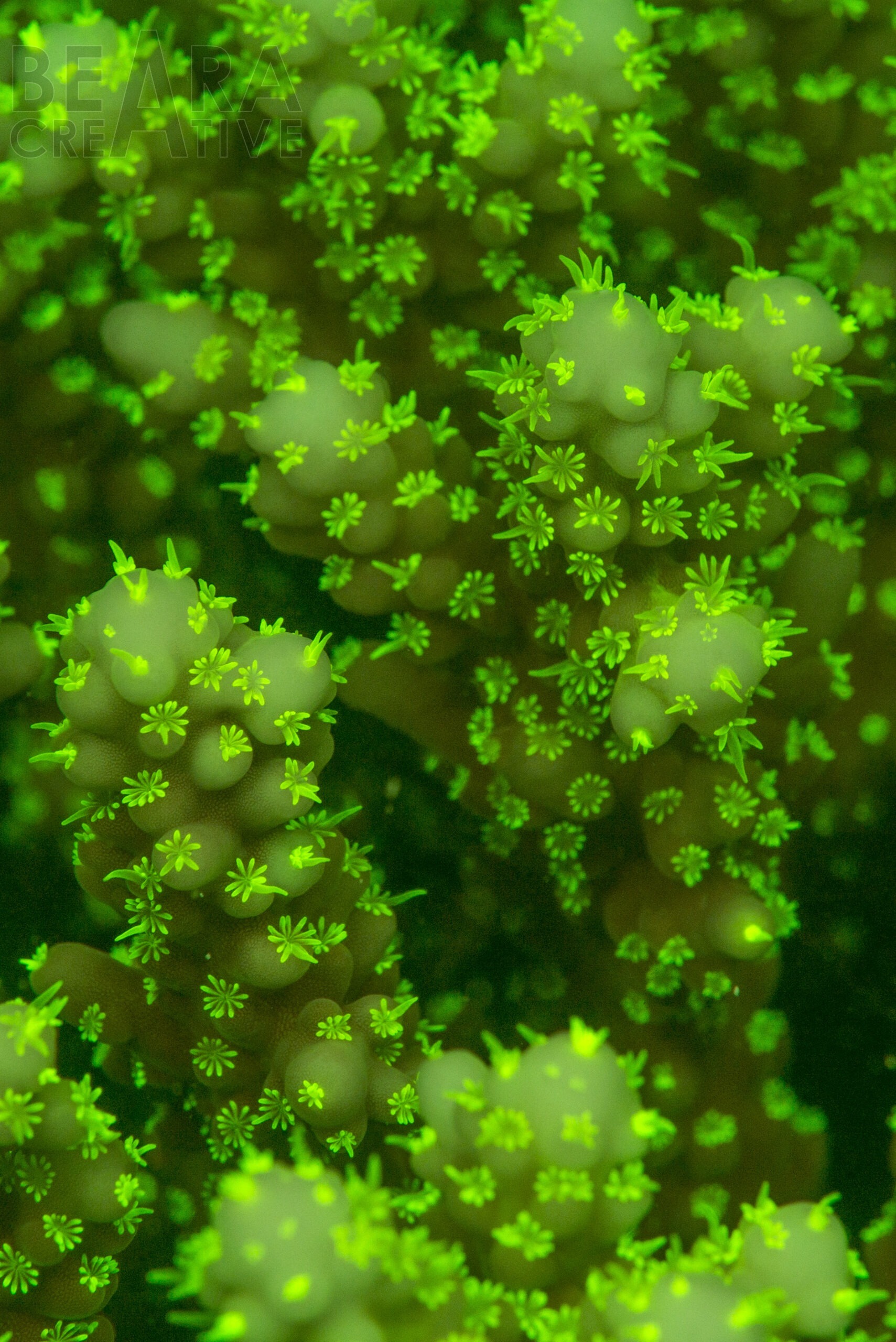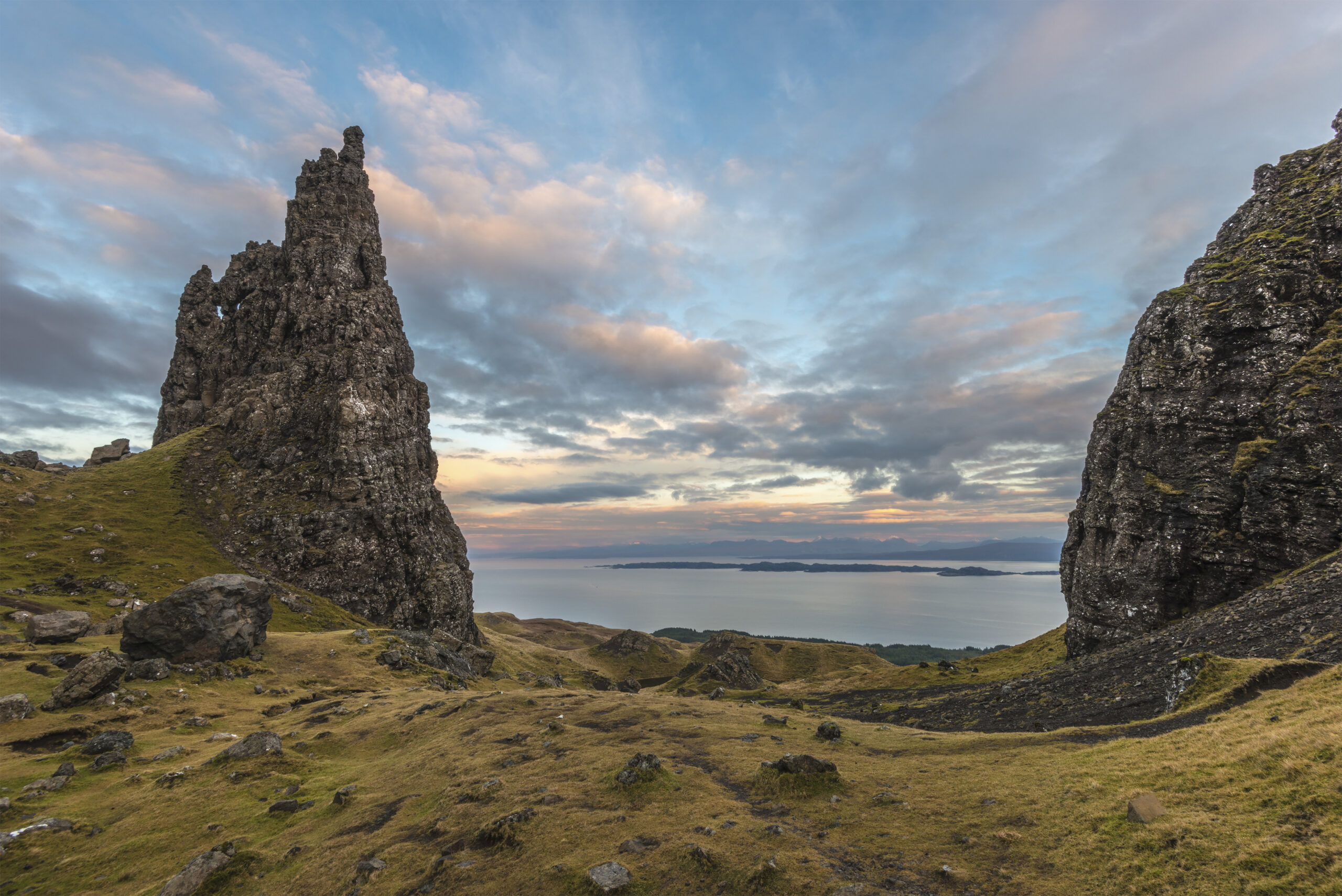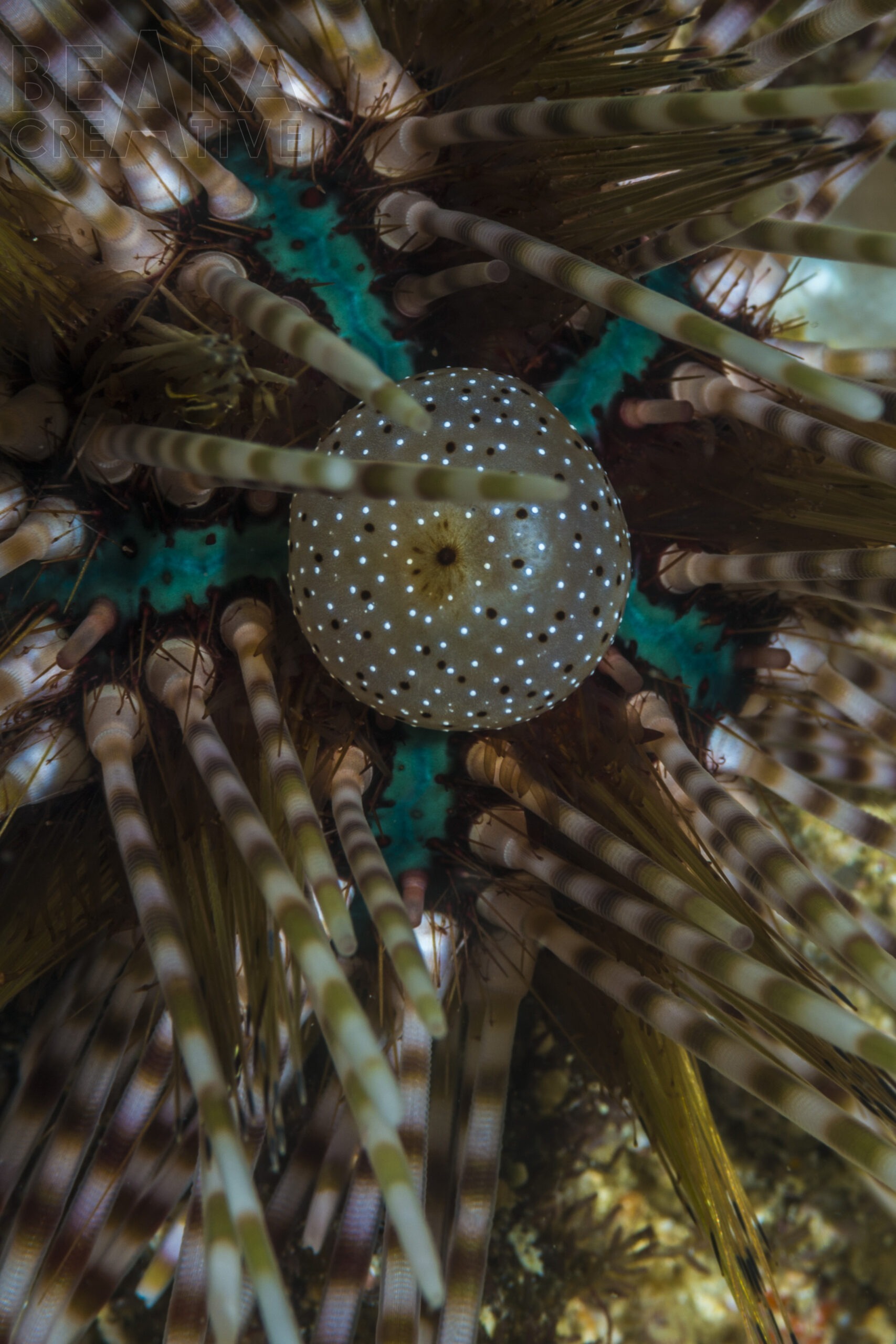
Image under ultraviolet showing fluorescent coral polyps

Location & date
Wadi Lahami, Red Sea, Egypt: 23rd June 2014
Subject
Corals of the Pocillopora genus are some of the fastest growing on the coral reef, and are therefore an important part of the reef building process. They tend to be found in shallow water – this one was at about 5m on the reef edge. The fluorescent coral polyps contain zooxanthellae – symbiotic algae which provide the energy for growth through photosynthesis.
About this image
This was my first attempt at Ultraviolet (UV) fluorescence underwater photography. I was diving with Red Sea Diving Safari, on a shallow night dive close to shore on Torfa house reef. Apart from creating eyecatching ‘different’ photographs, my interest in fluoro photography was mainly the conservation aspect. This technique is used by conservationists to assess the health of coral reefs. Healthy coral fluoresces at a different intensity to less healthy coral. By comparing the same species on healthy reefs and unhealthy reefs, conservationists can build up a pattern and start to predict when reefs are under stress, before mass bleaching events occur.
Camera setup
Nikon D800, 105 mm Nikon lens in a Nauticam NA-D800 housing with two Inon Z240 strobes (each with blue filter), Nauticam Super Macro Converter with orange filter.
ISO 100, f/14, 1/30 sec
More like this:
Red Sea portfolio gallery (on Toby Gibson Portfolio site)
Coral reefs portfolio gallery (on Toby Gibson Portfolio site)




